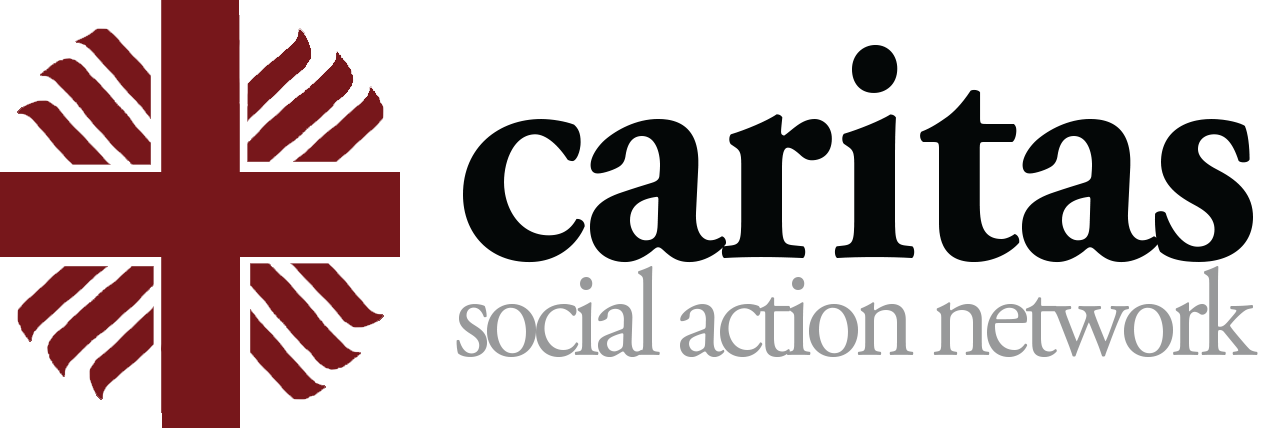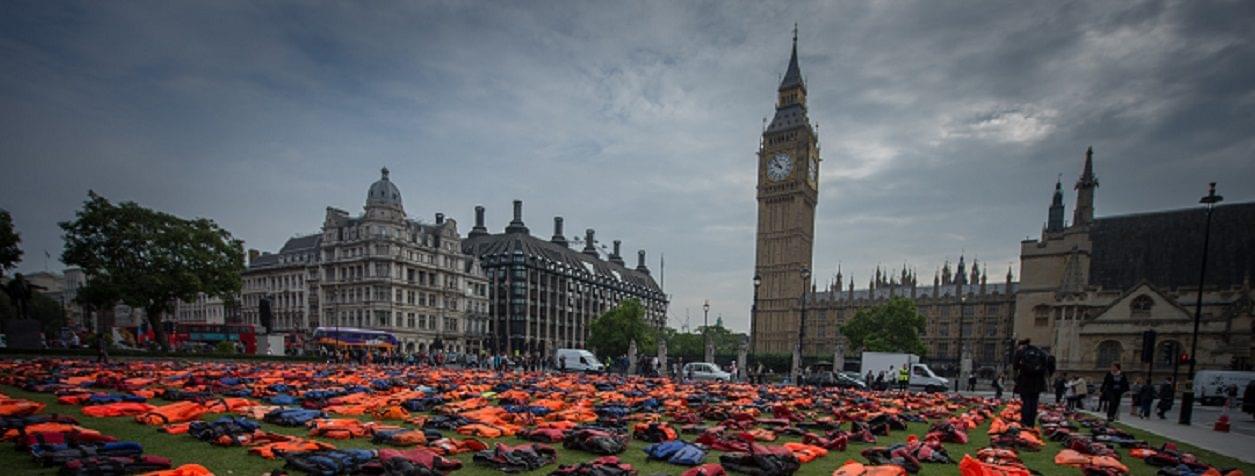God especially loves his children who are poor and in need, and we are called to help and defend them. Rather than more restrictive laws and the militarization of borders, what is needed is an expansion of secure and regular means of access, and a global governance of migrations based on justice, fraternity and solidarity. May we not turn a blind eye to these brothers and sisters, support those who seek to assist them and, above all, pray fervently for just solutions to this grave humanitarian crisis.
Pope Francis, 2024
Refugees, asylum seekers and those forced to flee their country of origin, may be in a vulnerable situation due to their experiences and by reason of flight. Having been uprooted, they are forced to leave behind their family members, their community and support networks, lending to social and cultural isolation. Where they were once self-sufficient, they are now unable to access basic resources and are forced to rely on others for support. Further instances of stigma and discrimination, such as racial prejudice, can exacerbate vulnerabilities and contribute to their layers of trauma. All of these factors increase the risk of human trafficking.
Human trafficking is internationally defined to include the recruitment, transportation, transfer, harbouring or receipt of persons, through the use of threats, fraud, coercion or deception. It involves the abuse of an individual’s position of vulnerability for the purpose of exploitation for profit.[1]
A report by the International Organisation for Migration (IOM) found that ‘[m]igrants fleeing conflict and violence, child migrants travelling without family and undocumented migrants are highly vulnerable to human trafficking, modern slavery, and forced labour.’[2] The risk of trafficking and exploitation persists for refugees as they are on the move, embarking on dangerous journeys across hostile borders with no legal or social protections. Due to a lack of funds, documentation and options for onward movement, refugees are forced to travel by irregular means, such as crossing the English Channel in a small boat, and it is at these irregular junctions that they will be targeted by smugglers and/or traffickers.
One example of large-scale trafficking of migrants and refugees is Libya. Refugees fleeing persecution in Eritrea and genocide in Sudan, amongst others from across the region, are without options for support. They often face danger in refugee camps in the region due to ongoing conflict and lack of a livelihood, so they travel onwards via Libya in the hopes of travelling across the Mediterranean Sea to Europe. However, they are targeted along the migratory route by traffickers and detained in warehouses throughout Libya in deplorable and inhumane conditions, where they are routinely tortured and abused, forced to beg friends and family to pay a ransom. Traffickers often increase the fee upon receipt of payment and keep individuals detained for months, and sometimes for years, moving them between warehouses and traffickers. Many lives have been lost in Libya in such warehouses, as well as across the Sahara desert and in the Mediterranean Sea. Despite widespread awareness of this, European policymakers have continued with their hostile policy of securitisation and withdrew rescue missions in Libyan waters, instead funding the Libyan coastguard to intercept and return the boats to Libya, from where the individuals are then re-trafficked. The availability of safe routes for these refugees fleeing conflict and persecution could have prevented them from taking such dangerous journeys, being ensnared by traffickers and smugglers alike, and subjected to inhumane and degrading treatment.
Human smuggling and human trafficking are often conflated in the media, particularly when referring to Channel crossings, but they are distinct crimes which affect people in different ways. However, human smuggling may turn into trafficking when smugglers renege on the original deal – you can read more on this on our website where we have published a resource outlining the main differences between the two: https://www.csan.org.uk/human-trafficking-modern-slavery-ambassador-programme/
Human smuggling, also referred to as people smuggling or migrant smuggling, is internationally defined to involve the facilitation of the illegal entry of a person into a country of which the person is not a national or permanent resident, in exchange for financial or other material benefit. Human smuggling occurs across international borders and comprises of a consensual agreement between the smuggler and the individual.
UNICEF Serbia notes the increased reliance on smugglers by refugees, which has led to a rise in cases of human trafficking in which unaccompanied and separated children are targeted due to their heightened vulnerability and coerced into criminal activities of sexual exploitation.[3] Many refugees find themselves stranded without funds and options for onward movement, and are subsequently exploited – men are forced into exploitative labour whilst women are mainly sexually exploited. State responses are lacking and fail to provide safe routes, with smugglers and traffickers utilising hostile policies to continuously exploit refugees in ever-increasingly deplorable ways.
The IOM report calls on governments to create safer migration pathways and uphold the rights of every individual, noting that in today’s globalised world, the movement of people is inevitable, but we can ensure it is done with dignity.[4]
[1] https://www.ohchr.org/en/instruments-mechanisms/instruments/protocol-prevent-suppress-and-punish-trafficking-persons
[2] https://www.iom.int/news/safe-migration-pathways-key-tackling-human-trafficking-modern-slavery-forced-labour
[3] https://www.unicef.org/serbia/en/stories/exploitation-of-refugees-and-migrants
[4] https://www.iom.int/news/safe-migration-pathways-key-tackling-human-trafficking-modern-slavery-forced-labour

